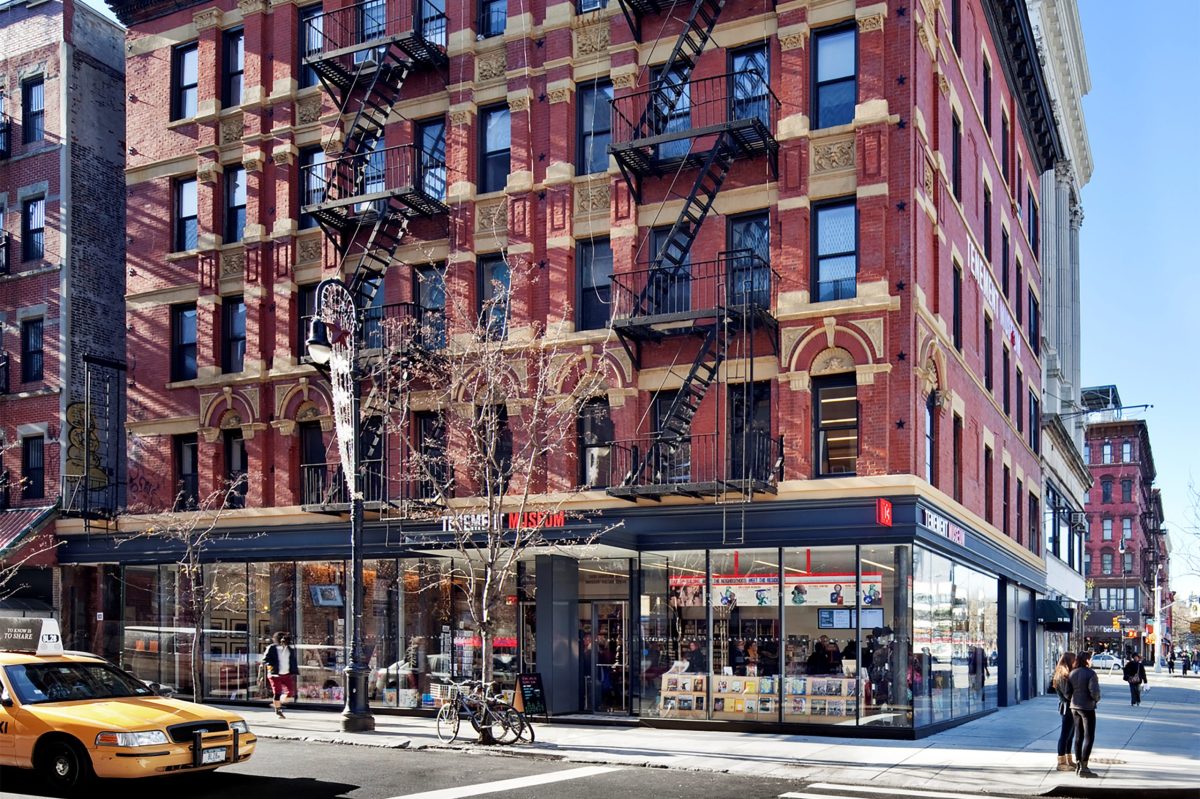 Meet Elise Losfelt — she drinks Champagne for a living.
Meet Elise Losfelt — she drinks Champagne for a living.
Credit: Leif Carlson
Sure, we’re used to popping corks at times of celebration, such as weddings or New Year’s Eve. We might even open a bottle of bubbly for some sparkling mimosas to mark the start of our long-awaited weekend. But Elise Losfelt, one of only 10 specially trained winemakers for Moet & Chandon, explains why Champagne is meant to be a part of our everyday lives — and how to incorporate it into this summer’s favorite mealtime staples.
The first way to break down barriers with Champagne is to familiarize with standard non-vintages, like a white or rose. (They’re often the most affordable bottles on the shelf, characterized by their coloring rather than by their brand or year.) With these, all you need to do is get to know one house’s flavor profile. Once you’ve discovered what you like, it’s easy to pair that taste with your favorite foods. For beginners, Losfelt says that a non-vintage is “so easy to understand, easy to drink and so fresh.”
One highly underrated flavor is rose, though it’s an ideal gateway into the Champagne world. And it’s surprising easy to pair with summer standards, such as grilled and spicy foods. What’s an ideal pairing with rose that you might never expect? “Burgers, fries and tacos,” Losfelt confesses. “It has more power to answer to food; you can dare to play with it.” One reason is that despite Champagne’s complex profile, salt is one basic taste that it doesn’t naturally re-create. By adding it back to the mix, Losfelt informs, “You’re just enhancing all the flavors of Champagne.”
When taking a bottle to your next summer cookout, consider serving non-vintage Champagne alongside a rich barbecue sauce — just as long as it’s not too sweet. This sparkling wine has low sugar content, with about 9 grams of sugar per liter, so you don’t want to make its subtle flavor compete with added sweetness in your food. On that note: Skip the cake and strawberries, since choosing these sweet and acidic pairings is a novice mistake. Serve a pink sparkling wine with your everyday American picnic fare for an unexpected treat “if you want to shake your guests and show them what rose is capable of.” Plus, it’s a good alternative to calorie-laden cocktails for guests who want more of a guilt-free indulgence.
Once you have an idea of what you like in non-vintage Champagne, you can upgrade to a vintage bottle. With vintages, you’re looking for a specific year that you like rather than a specific house. A vintage offers “gastronomical power and aging potential,” says Losfelt. Each year is a rare and unique taste that’s only replicated under the banner of that one annual timestamp; once you’ve narrowed down your palate’s preferences, it’s always easy to buy because the year is featured prominently on vintage Champagne bottles — even above the wine type, brand name or any other decorative feature on the label.
Last but not least, the true Champagne connoisseur should eventually consider upgrading to an old vintage. At this stage, knowing exactly what you like “makes you understand the world of Champagne, and you will never go away,” Losfelt promises. Once you’ve conquered your own preferences with non-vintage, vintage and old vintage Champagnes, you’ll always be able to expertly play with your own food pairings — whether it’s a special event or just firing up the grill with pals on a warm summer night.
The nose knows
You don’t have to be a wine snob to talk about what you like in fine Champagne. The three pillars to touch upon when discussing its characteristics are the intensity of the aroma, the color and the structure. Losfelt says to look for:
• Bright fruitiness
• Acidic palate
• Maturity
















